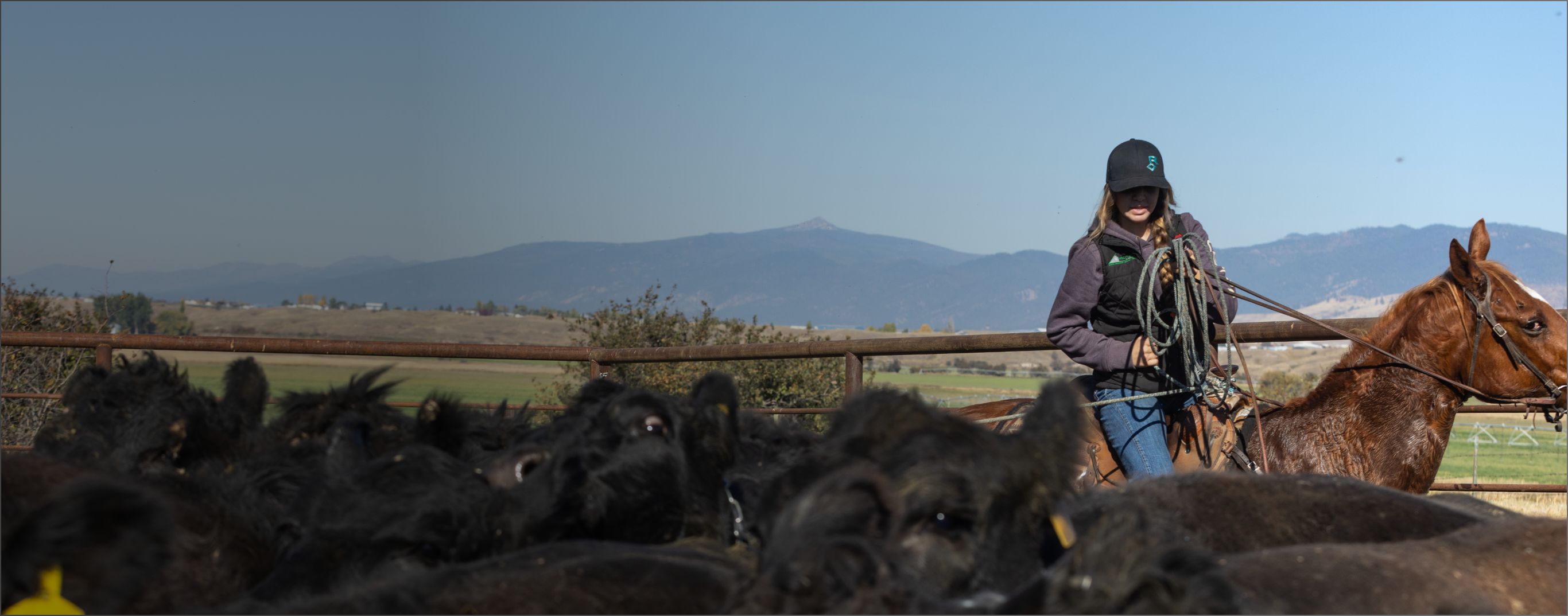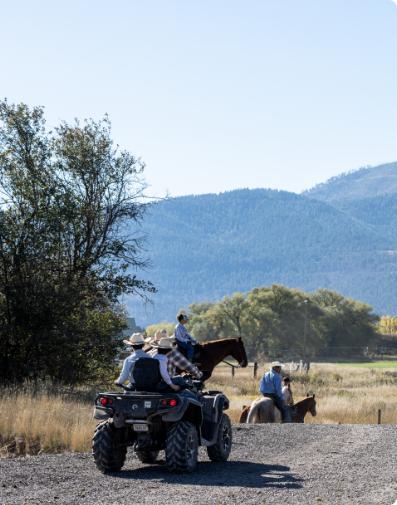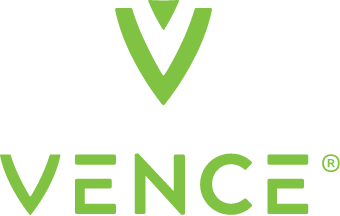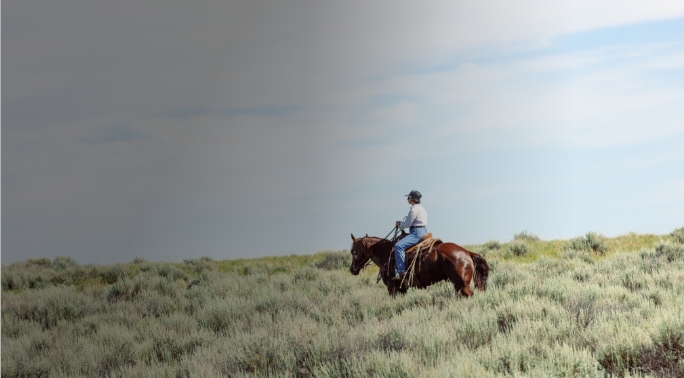
The value of virtual fencing
Virtual fencing cost
It’s no surprise that one of the most common questions we get is “How much does virtual fencing cost?” The answer varies depending on your operation.
Some ranchers are understandably concerned that the cost of a cutting-edge solution like Vence might be out of reach for their operation.
However, the reality is that the cost of a Vence system is comparable — and often less expensive — than installing and maintaining traditional fencing.
Don’t let cost concerns prevent you from exploring your options. We’re happy to have a conversation your ranch’s unique needs and explore potential costs, with no tech jargon and no high-pressure sales.
Contact us today to learn more about the cost of virtual fencing.

USDA Programs and grants

Virtual fencing is a win for livestock, wildlife, soil and water. Cost-share and grant program opportunities are available to support conservation efforts with Vence.
Vence’s sustainability advantages align with federal programs that support producers’ efforts to implement conservation practices on working lands. Learn more about cost-share initiatives and grants that you can explore when implementing Vence.
Agricultural Conservation
Easement Program
ACEP helps landowners, land trusts and other entities protect, restore and enhance wetlands or protect working farms and ranches through conservation easements. The program protects grazing uses and related conservation values by restoring or conserving eligible grazing land and wetlands.
Conservation Innovation Grants
CIG supports the development of new tools, approaches, practices and technologies to further natural resource conservation on private lands. Grants are available through participating state National Resources Conservation Services (NRCS) oces.
Conservation Reserve Program
CRP provides rental payments and cost- share assistance for producers to put environmentally sensitive land into 10- to 15- year contracts to plant species that will improve environmental health and quality. Grassland CRP incentives are available.
Conservation Reserve
Enhancement Program
CREP is a public/private partnership program, allowing states, tribal governments, non- prots and private entities to partner with Farm Service Agency to implement practices that address high-priority conservation and environmental objectives.
Conservation Stewardship Program
CSP offers technical and financial assistance via five-year contracts to help producers take their conservation efforts to the next level. The program offers annual payments for implementing new conservation practices and maintaining existing conservation efforts.
Environmental Quality
Incentives Program
EQIP provides technical and nancial assistance to producers to address natural resource concerns and deliver environmental benets such as improved water and air quality, conserved ground and surface water, increased soil health and reduced soil erosion and sedimentation, improved or created wildlife habitat, and mitigation against drought and increasing water volatility.
Regional Conservation
Partnership Program
RCPP is a partner-driven approach to conservation that funds solutions to natural resource challenges on agricultural land.

These are just a handful of the resources available to today’s producers. You may find additional federal grant opportunities via EPA and USDA’s National Institute of Food and Agriculture. Vence projects have also qualified for private, university and regional funding opportunities.
Additional Programs
National Fish and Wildlife Foundation
Apply National Fish and Wildlife Foundation manages initiatives that provide grants toward sustaining and restoring our nation’s animals and habitats.
Trust in Food
The Connected Ag Project, part of Farm Journal’s Trust in Food initiative, incentivizes farmers to implement practices like cover crops and grazing management.



Still on the fence?
Read about a Montana rancher’s real-life experience with virtual fencing
